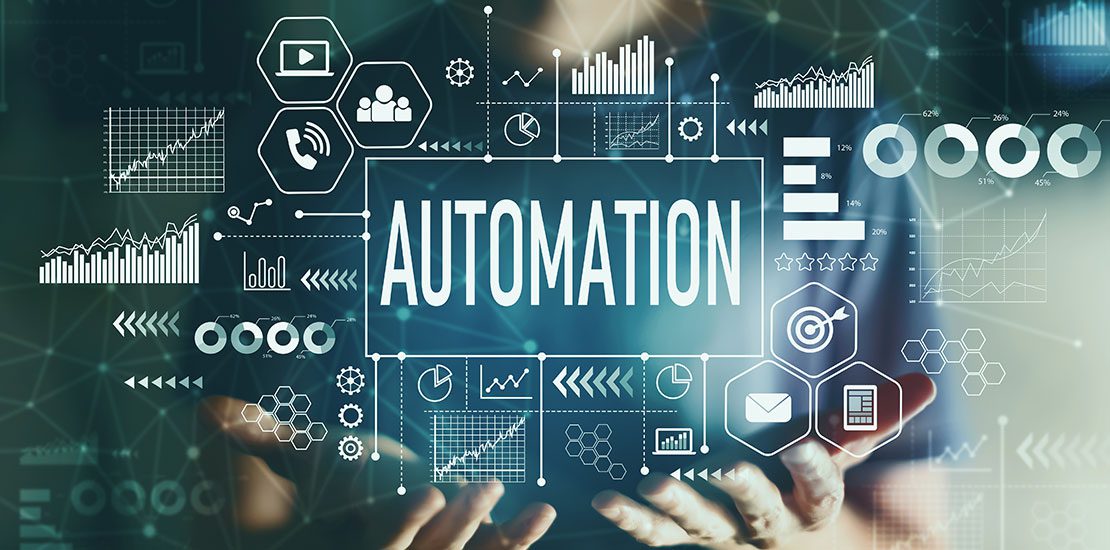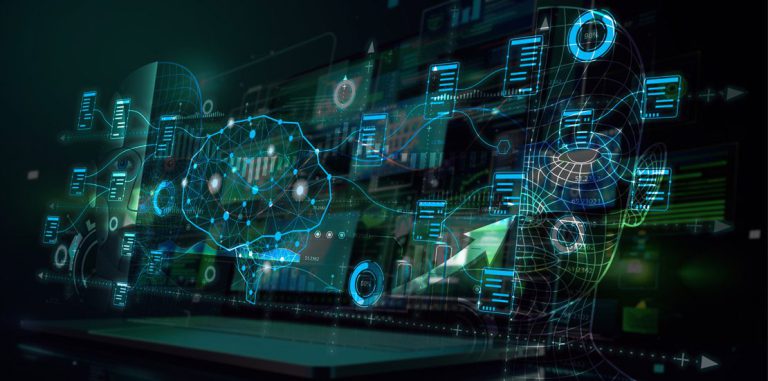In our last post Customer Engagement – Barriers and Solutions we discussed some of the typical barriers to Customer Engagement as well as a few strategies to overcome those barriers. In this post we will take a look at a couple of technologies that can energize a Customer Engagement ecosystem. Enterprises that have integrated these technologies into their Customer Engagement programs have realized significant advances in customer acquisition and retention.
Customer Engagement ecosystems continue to evolve to meet increased market demands for personalized engagement. Much of this evolution is being driven by emerging technologies such as Intelligent Workflow Automation and Artificial Intelligence/Machine Learning.
Intelligent Workflow Automation – Processes that are Automated and “Smart”
Intelligent Workflow Automation (IWA) is one of the principle driving forces of digital transformation. IWA enables the conversion of processes that are manual and rigid into processes that are automated, agile, and user-friendly.
IWA enables the code-free development of critical business processes that can be customized to the specific needs of the enterprise and—equally important—of its customers. IWA-enabled processes and functions that can provide improved performance within a Customer Engagement ecosystem would include:
- Contract Management. Automation of routines such as: review, revision, approval, and storage. Ability to collaborate—in real time— with internal and external contract stakeholders. Provides a smoother, hassle-free, experience for the enterprise and its customers.
- Pricing Management. Allows the enterprise to establish customized rules and routines for the automation and control of all aspects of pricing management. This provides the enterprise with the ability to exercise greater speed, control, and validation of routines such as: price setting, price discount requests, margin analysis, reviews/approvals, and promotions.
- Customer Support. Automation of customer-facing processes can greatly improve the customer experience. Order intake, technical support, delivery updates, return material authorization (RMA) routines, etc. are examples of touch-point processes that can be dramatically improved via IWA. Improved process visibility + greater control + less manual intervention = an improved experience for the customer and improved customer retention for the enterprise.
- Marketing. Automation of critical marketing processes allows the enterprise to fully coordinate—and control— all resources required to deliver maximum value. Individual marketing campaigns can be supported by customized intelligent workflows that deliver specified control over all elements of the campaign.
Artificial Intelligence (AI) & Machine Learning (ML)
AI and ML technologies are providing enterprises with cutting-edge ability to “learn” from their high volumes of customer interactions. Those enterprises that have adopted these technologies are discovering new ways in which to understand and predict customer behaviors. Instead of Sales and Marketing initiatives based on assumptions or subjective data, AI and ML technology is opening new frontiers in quantitative analysis and decision-making. This empowers the enterprise to not only better predict customer behaviors but to also use real-time data to drive desired outcomes. Specific benefits can include:
- Self-learning capabilities that allows the enterprise to learn—in real time—from the massive amounts of data generated within its Customer Engagement ecosystem.
- Learning-based predictive analytics that provides the enterprise with several competitive advantages:
- Ability to predict future customer behaviors and to develop proactive strategies and tactics.
- Ability to predict market-wide shifts in product demands and service expectations.
- Optimization of dispersed sales channels based on active “learning” and quick reaction.
- Improved customer retention by maintaining lock-step insights into their evolving requirements.
- Increased customer value by utilizing the benefits of AI and ML to provide a dynamic customer experience that produces a revenue-generating interaction.
- Ability to run simulated sales and marketing initiatives and to assess their projected impacts. Allows the enterprise to focus resources on initiatives that will produce optimum results. Enables the enterprise to fully maximize its marketing resources.
As discussed in the previous post, Customer Engagement is the ability of the enterprise to develop relationships with its customers that are engaging, efficient, and seamless. The incorporation of IWA and AI/ML technologies into a Customer Engagement ecosystem can re-invigorate an ecosystem that is stale and under-performing.




